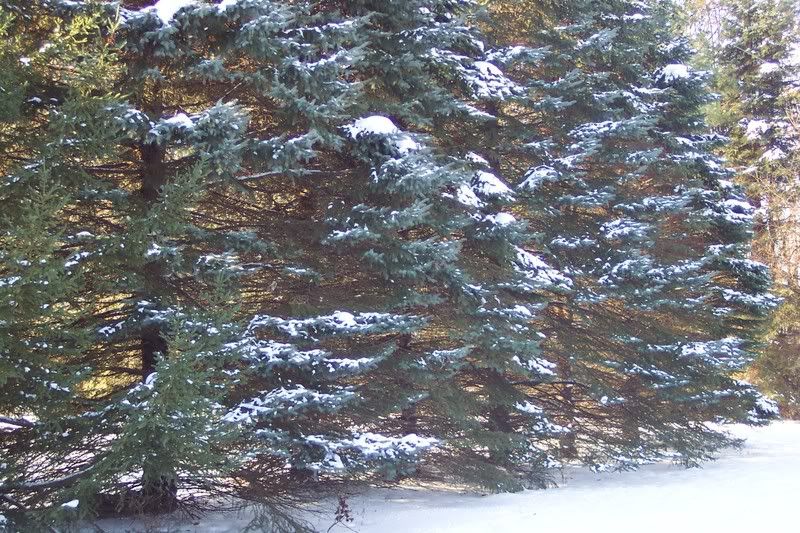Eleven weeks to go til Memorial Day.
The race is on for me at work. I received most of my seeds during the past few days. That’s always exciting… better than a birthday present even!
All my seeds are annual flowers and vegetables. I ordered 99 different varieties of seeds! I went through all of the seed packets that I received and highlighted information such as when to start the seeds and at what temperature. Many of the seeds can be started at around 6 weeks before the last frost. I use Memorial Day as my “Blast Off” date and count down my calendar marking each week. So, this week is 11 weeks before Memorial Day. April 5th Sunday would be 7 weeks before and so on.
A few seeds like petunias, impatiens, and alpine strawberries are planted at 10-12 weeks before the planting out date so I’ve done most of those already.
The first 2 full weeks in April will be when the most seeds are started including marigold, phlox, tomatoes, verbena, ageratum and some zinnias.
Four weeks before the Holiday some zinnias and nasturtiums are planted.
Of course lots of veggies are planted outside, such as carrots, lettuce, beans, pumpkins, and squash. Some plants just don’t do well when started inside.
The cool weather seeds such as peas, beets, carrots, radishes, and spinach can be planted outside even before all chance of frost is finished. They can tolerate some frost. And in fact, they like cooler temperatures to germinate and grow in.
Other seeds such as squash, pumpkin, corn, and cucumber like to have warm temperatures to germinate and grow in. Those seeds we will plant after Memorial day.
By the way, the Red Wing Blackbirds are back, the Turkey Vultures have returned and the Spring Peepers are peeping in my back yard! Those are true signs that spring is coming soon!
Bye for now,
Judy


